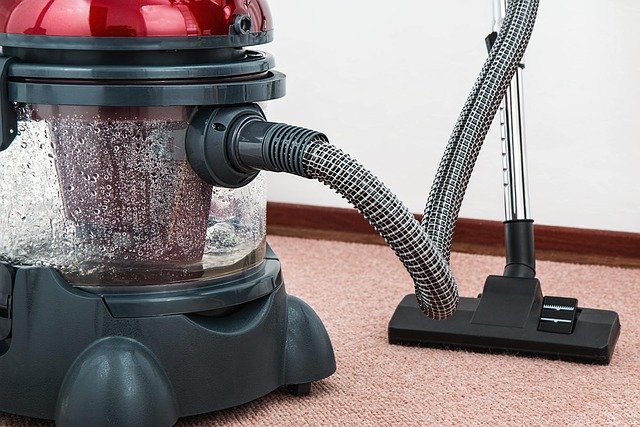"Invisible Power: How Air Quality Impacts Our Health and Wellness"
Ever considered how the air you breathe affects your health and wellness? Air quality is an often overlooked but crucial aspect of our well-being. This article explores the hidden health implications of air quality, the science behind it, and what we can do to improve it in our daily lives.
Breathing In: A Historical Context
The quality of the air we breathe has been a concern since the Industrial Revolution, as factories and machines began to emit harmful pollutants. In the 1960s, alarming incidents like the deadly smog in London and the Great Smog of Los Angeles brought the issue into the public eye, sparking regulations to improve air quality. More recently, research has increasingly linked air pollution to a variety of health problems, from respiratory conditions to heart disease and cognitive decline.
Air Quality Today: Invisible Threats
Modern urbanization and industrialization have caused a rise in air pollutants, including particulate matter, nitrogen dioxide, and ozone. These pollutants can harm our health in ways we often don’t recognize. Emerging research suggests that poor air quality can exacerbate chronic conditions like asthma, contribute to premature aging, and even impact mental health.
The Science of Air and Health
The relationship between air quality and health is complex. Fine particulate matter (PM2.5), for instance, can penetrate deep into our lungs, causing inflammation and oxidative stress. Over time, this can lead to chronic conditions such as heart disease and lung cancer. Nitrogen dioxide, primarily from vehicle exhaust, can irritate the respiratory system and exacerbate conditions like asthma. Ongoing research is exploring how these pollutants impact our brains, possibly contributing to cognitive decline and mental health disorders.
Improving Air Quality: A Breath of Fresh Air
While the issue of air pollution can feel overwhelming, there are several steps we can take to improve air quality in our homes and workplaces. These include using air purifiers, keeping indoor plants, and reducing exposure to synthetic chemicals. Regular ventilation can also help remove indoor pollutants.
Breathable Facts:
-
Indoor air pollution can be up to five times higher than outdoor air pollution.
-
The World Health Organization estimates that 4.2 million deaths occur each year as a result of exposure to ambient (outdoor) air pollution.
-
Certain houseplants, like the spider plant and snake plant, can help remove indoor air pollutants.
-
Regular ventilation can significantly improve indoor air quality.
Conclusion
The quality of the air we breathe plays a significant role in our overall health and wellness. From respiratory issues to heart disease and cognitive decline, poor air quality can have wide-ranging impacts on our well-being. However, by understanding the issue and taking proactive steps, we can improve the air in our environments and breathe a little easier.





